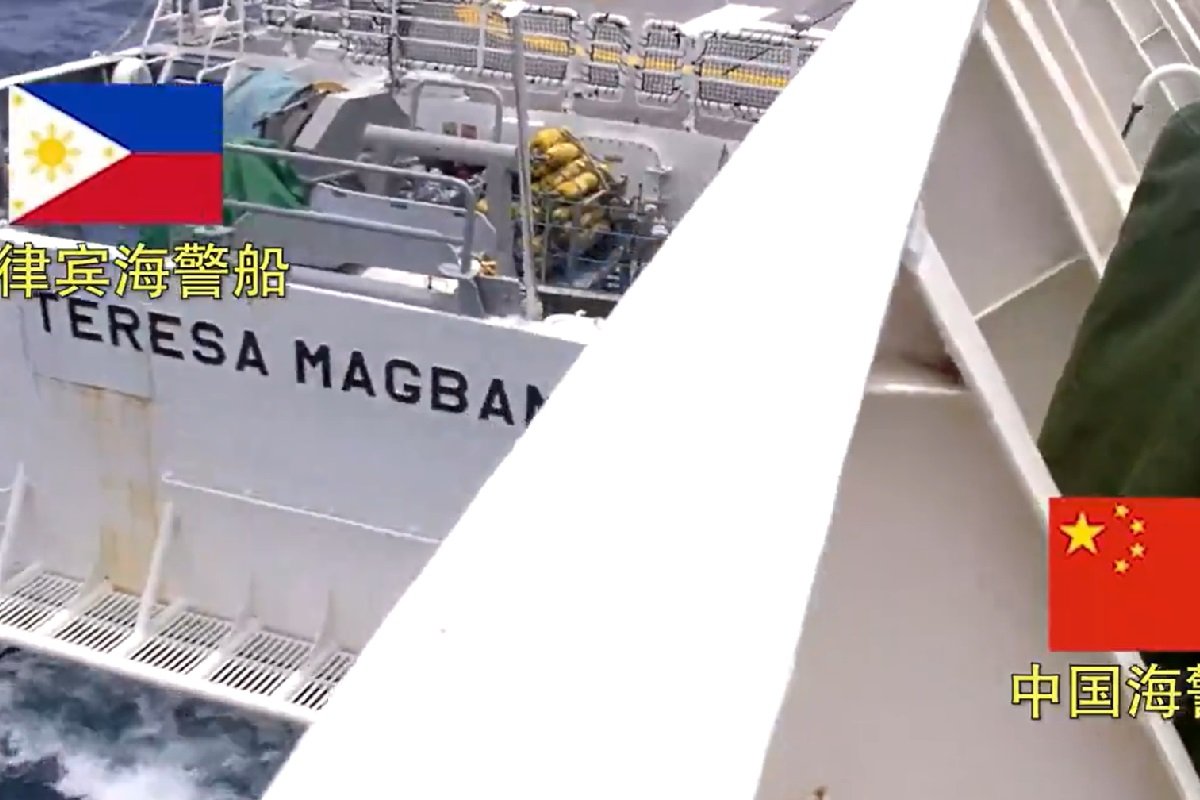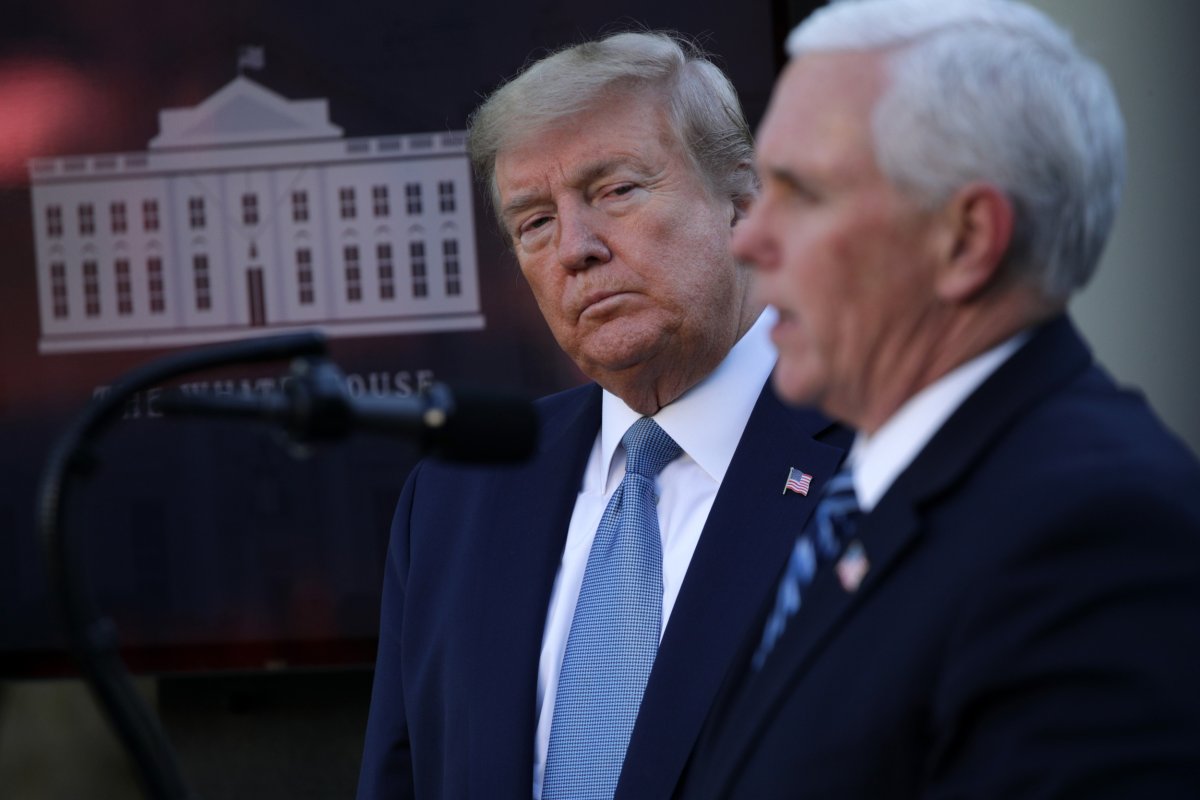China has doubled down on its claim that the Philippines is to blame for the latest coast guard collision at what has emerged as the latest hotspot in the neighbors’ escalating territorial dispute.
The U.S. ally has stationed one of its largest coast guard vessels, the BRP Teresa Magbanua, at Sabina Shoal in the disputed Spratly Islands since April after discovering crushed coral piles, raising concerns that China might build an artificial island.
Beijing asserts sovereignty over most of the South China Sea, claiming historical rights. This includes Sabina Shoal, known as Escoda Shoal in the Philippines, which lies within that nation’s internationally recognized exclusive economic zone.
China has responded with a continuous maritime presence at the shoal, and in recent weeks has employed aggressive maneuvers and water cannons to block Manila’s efforts to resupply the Philippine ship.
The latest collision occurred after the Teresa Magbanua pulled anchor early Saturday and “began to maneuver and cause trouble” in Sabina Shoal’s lagoon, according to the Chinese coast guard. The agency said it “took measures such as issuing warnings” to the Philippine vessel.

Screenshot from Chinese coast guard footage of the August 31 collision with a Philippine coast guard cutter at Sabina Shoal in the Spratly Islands. China has doubled down on blaming the Philippine ship.
China Coast Guard
Both countries’ coast guards released footage of the incident, showing Chinese coast guard ship No. 5205 plowing into its Philippine counterpart from behind and cutting across its path from the side.
The U.S. and European Union have issued statements condemning China’s “dangerous actions” since the confrontation.
Asked to explain the actions of the Chinese vessel during China’s Foreign Ministry news conference Tuesday, Spokesperson Mao Ning reiterated Beijing’s claim that the Philippine ship had been “illegally anchoring in the lagoon of Xianbin Jiao for weeks now,” acting “unprofessionally and dangerously by deliberately ramming” the other ship, using Beijing’s name for Sabina Shoal.
When pressed on how the Philippine vessel could have rammed the front of the Chinese ship from the side or back, Mao declined to comment on ship movements or the footage.
“This is the root cause of the current escalatory situation at Xianbin Jiao. The measures China took at Xianbin Jiao are aimed at protecting its territorial sovereignty and maritime rights and interests,” she stated.
At 12:06 on Saturday, the Philippine ship 9701 deliberately rammed into the Chinese ship 5205 in an unprofessional and dangerous manner, causing a collision for which the Philippines bears full responsibility: China Coast Guard https://t.co/XwSmcUIPYR pic.twitter.com/my0SqdHrA9
— Global Times (@globaltimesnews) August 31, 2024
“It takes a special kind of brazen arrogance to post the video of your own country’s ship clearly ramming another country’s ship … while claiming the exact opposite occurred,” wrote Ray Powell, director of Stanford University‘s SeaLight Project, on X, formerly Twitter.
The Spratly Islands are claimed, in part or in whole, by several countries, including the Philippines, Vietnam, Malaysia, Brunei, and Taiwan. China’s claims over nearly the entire South China Sea overlap with those of its neighbors.
Sabina Shoal lies within the Philippines’ exclusive economic zone, an area extending 200 nautical miles from the coast, where maritime law grants the country sole access to natural resources.
Situated just 86 miles from the Philippine Province of Palawan and over 600 miles from China’s southernmost province, Hainan, Sabina Shoal is the closest flashpoint to the Philippines proper, raising concerns that China could seize de facto control of the area and potentially build artificial islands, as it did elsewhere in the Spratlys in the late 2010s.
Beijing fears the Philippines plans a long-term presence at the shoal, similar to the grounded warship-turned-marine outpost at Second Thomas Shoal, another flashpoint in the Spratlys.
Some of the neighbors’ most dramatic confrontations have taken place at Second Thomas Shoal, leading the two to reportedly reach an understanding in July on resupplying the ship’s crew to avoid further escalation. However, statements from both sides indicate different interpretations of this agreement.
The Philippine coast guard did not immediately respond to a written request for comment.





